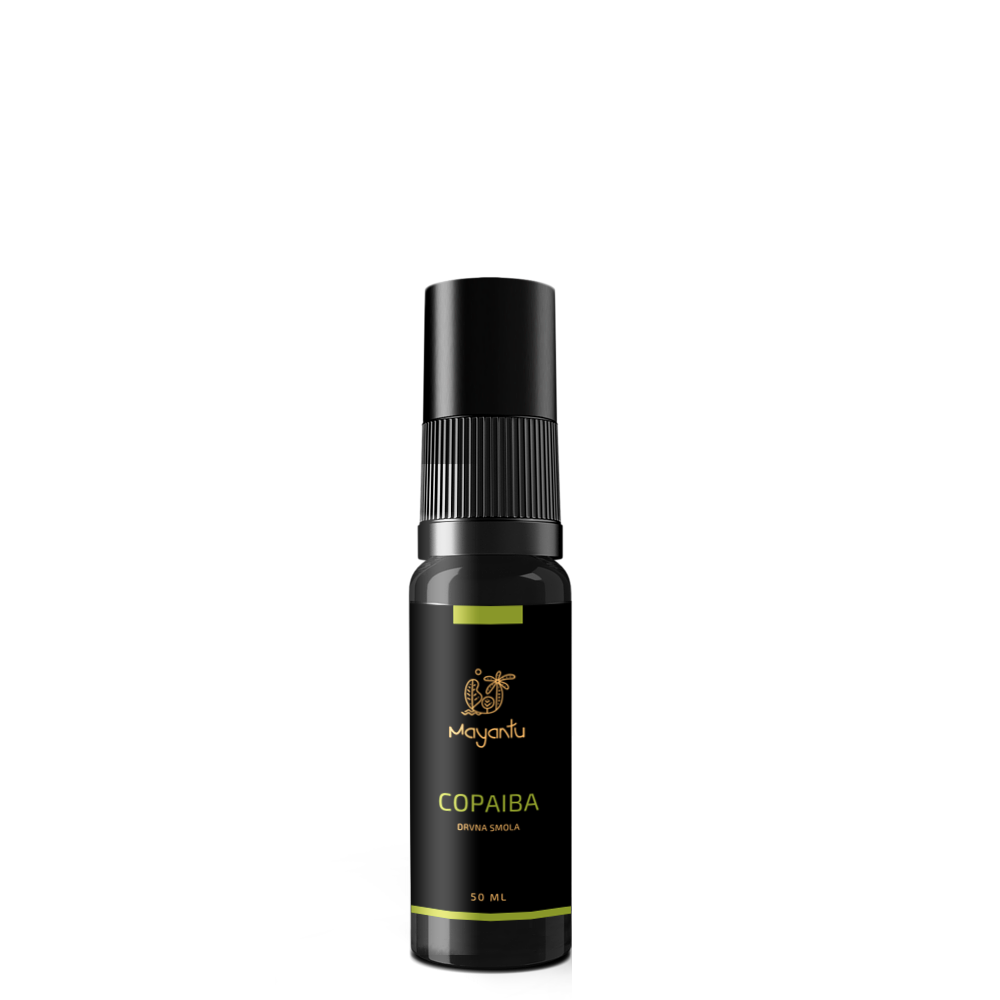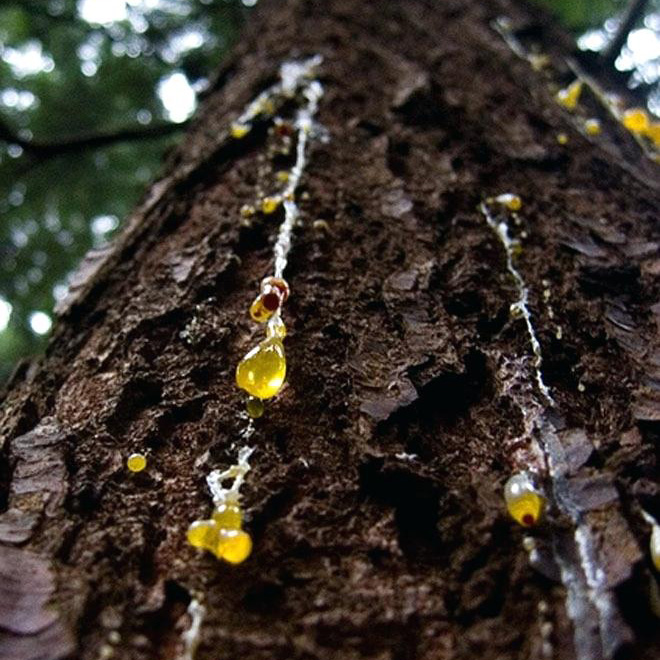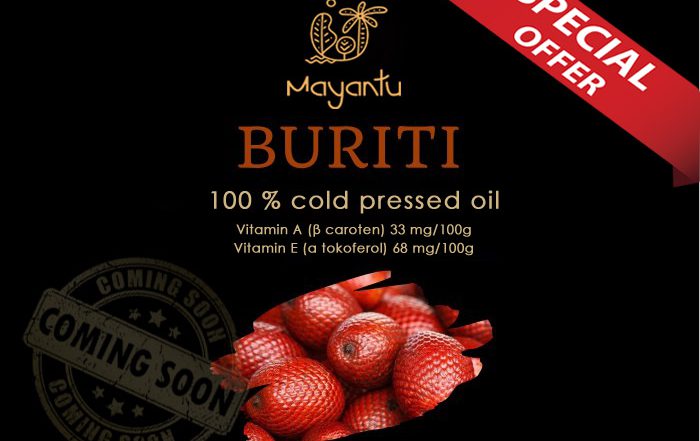Info
INCI Name:Copaifera officialis resin
Suggested use: Cosmetic product
Part of the plant used: Resin
Extraction method: Manual collection
Production process: Wild harvest
Country of origin: Peru
Other names: Copaiba, copaipera, cupayba, copauba, copal, balsam copaiba, copaiva, copaiba-verdadeira, Jesuit’s balsam, copaibeura-de-Minas, cobeni, Matidisguate, matisihuati, mal-dos-sete-dias, aceite de palo, pau-de-oleo, básamo de copayba
Product values
The active biological properties of the resin have been attributed to the phytochemicals group.
Copaiba resin is a known natural source of phytochemicals with strong anti-inflammatory effects; of caryophyllene and caurenoic acid.
Application
Copaiba oil has antibacterial, antifungal and anti-inflammatory properties.
Beta-caryophyllene is the most well-known and most researched ingredient in Copaiba.
It is used in the treatment of skin problems (psoriasis, eczema, dermatitis, insect bites, herpes, itching, fungus on the fingers, dandruff). It gives the skin moisture and softness, promotes regeneration and reduces scarring. It heals wounds well, but should not be applied to open wounds directly. For that application, we recommend Sangre de Dragon.
Copaiba resin is a fairly strong oil of higher price, therefore it is usually diluted in other oil. However, for the best results, it is recommended to apply the resin in its pure form directly on the skin.
Copaiba resin is often used as a fragrance component in perfumes and cosmetics because of its properties to alleviating fear, worries and anxiety. Beta-cryophilic molecules interact with receptors in the skin and stimulate the production of beta-endorphins, one of the hormones of happiness.






